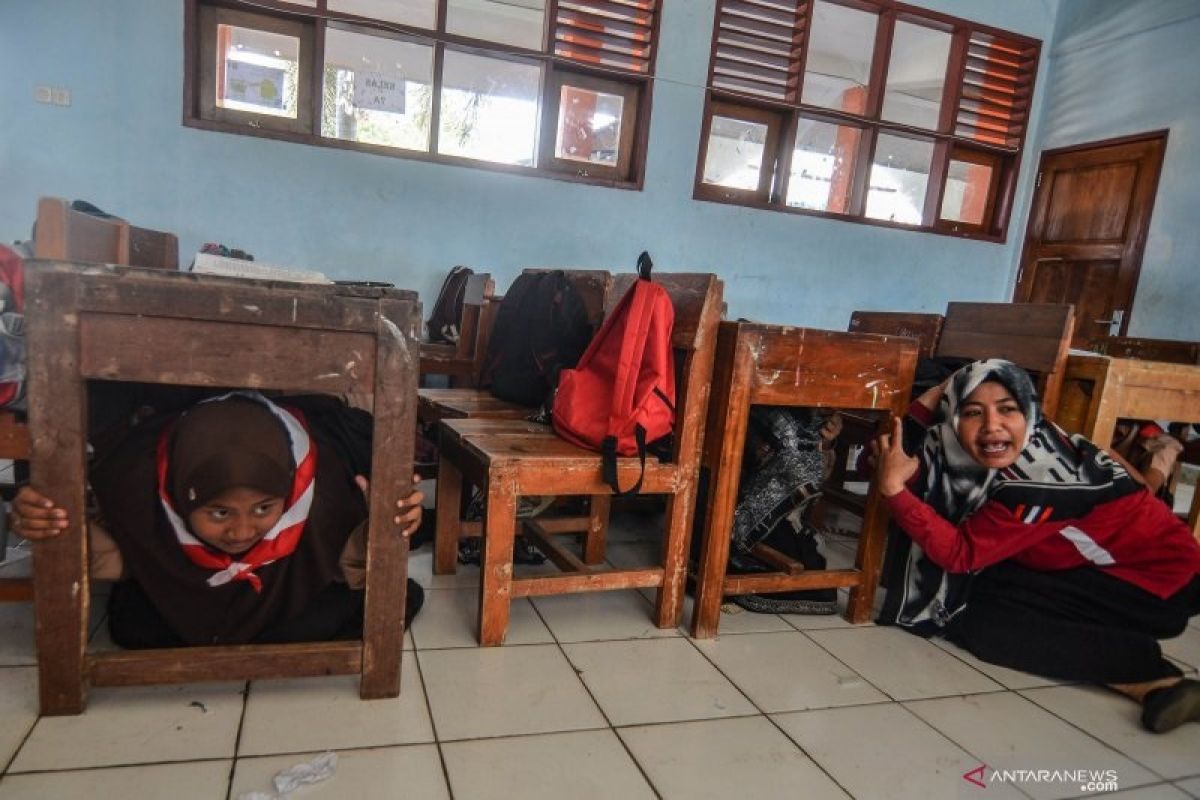The tremors were felt by those in the districts of Pangandaran, Sukabumi, Tasikmalaya, Kuningan, Garut, and Cilacap, Head of the Jakarta-based Meteorology, Climatology, and Geophysics Agency's (BMKG's) Earthquake and Tsunami Division Rahmat Triyono said.
"The tremors can be felt at home like a rumbling sound of a heavy truck passing by," he said.
The tremors were also felt by many residents in the districts of Bandung, Kebumen, Kutoarjo, Banyumas, Banjarnegara, Kulonprogo, Bantul, and Gunung Kidul, Triyono said, adding that there were no immediate reports on damages and casualties.
ANTARA noted that the areas of Pangandaran District, West Java, had ever been rocked by a deadly earthquake on July 17, 2006.
The 6.8-magnitude earthquake reportedly triggered a five-meter-high tsunami which paralyzed many houses on coastal areas and killed at least 668 people.
Earthquakes regularly rock various parts of Indonesia due to the fact that the country lies on the Circum-Pacific Belt, also known as the Ring of Fire, where several tectonic plates meet and cause frequent volcanic and seismic activities.
One of the deadliest earthquakes in Indonesia that occurred over these past two years was the one that struck several areas of Central Sulawesi Province.
The 7.4-magnitude earthquake which was followed by tsunami that hit the areas of Palu city and the districts of Donggala, Paringi Moutong, and Sigi on Sept 28, 2018, claimed 2,102 lives, injured 4,612, and rendered 680 others missing.
A total of 68,451 homes were seriously damaged, and 78,994 people were displaced.
Due to a large number of rotting corpses, the authorities and humanitarian workers decided to bury them in mass graves.
Meanwhile, material losses inflicted by the twin deadly disasters were estimated to reach Rp15.29 trillion.
The provincial capital of Palu took the brunt of the disaster, with material damage and losses recorded at Rp7.6 trillion, or 50 percent of the total estimate, according to the National Disaster Mitigation Agency (BNPB).
The material damage and losses in Sigi district were recorded at Rp4.9 trillion, or 32.1 percent, Donggala district at Rp2.1 trillion, or 13.8 percent, and Parigi Moutong district at Rp631 billion, or 4.1 percent.
The material damage in the four affected areas reached an estimated Rp13.27 trillion, while the material losses reached approximately Rp2.02 trillion, the agency revealed in October 2018.
Related news: 5.9-magnitude earthquake rocks West Java's Pangandaran district
Related news: Magnitude 4.5 quake hits West Java's Pangandaran
Translator: Desi P, Rahmad Nasution
Editor: Fardah Assegaf
Copyright © ANTARA 2020












